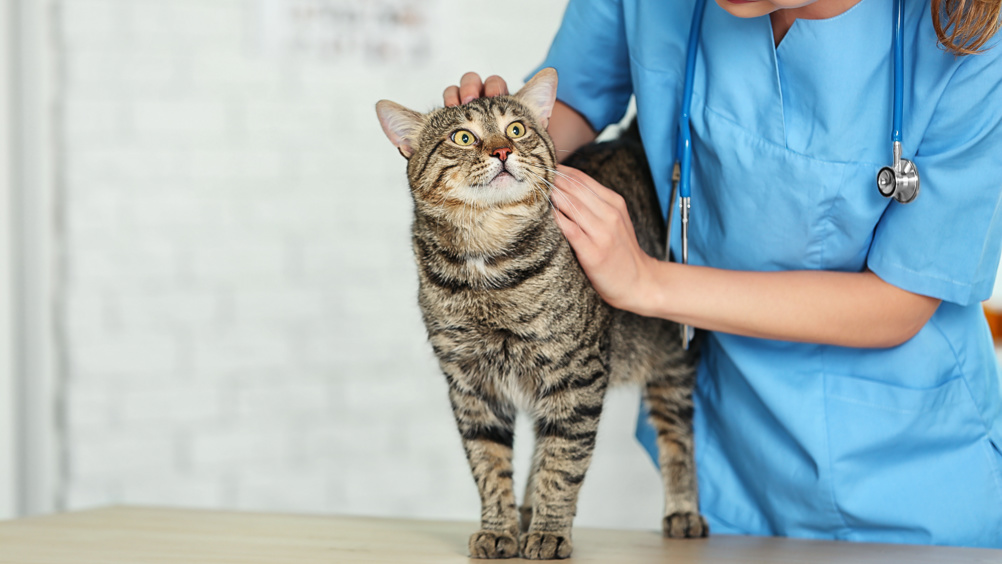References
Presentation, diagnosis, treatment and outcome of primary gastric lymphoma in 13 cats

Abstract
Primary gastric lymphoma is a well-characterised disease in humans, but is poorly characterised in cats. This study retrospectively describes the presentation, diagnosis, treatment and outcome of cats with primary gastric lymphoma in a UK referral hospital. Medical records of cats diagnosed with primary gastric lymphoma, without ultrasonographic involvement of the intestinal tract, between 2009 and 2020 were reviewed. A total of 13 cats met the inclusion criteria. All cases were of large cell lymphoma. Cytology alone was diagnostic in nearly all cases (10/11). At diagnosis six cats were euthanised. The remaining seven cats were treated with a multiagent chemotherapy protocol (5/7) or a combination of prednisolone and chlorambucil (2/7). Median overall survival time was 300 days (ranging from 30–1980 days). The two cats treated with prednisolone and chlorambucil survived for 300 and 480 days respectively. This study raises awareness of feline primary gastric lymphoma for veterinary surgeons in clinical practice. Although an uncommon disease presentation, primary gastric lymphoma has unique characteristics that may differ from the high-grade intestinal form. Further studies are needed to evaluate the optimum therapeutic approach.
Primary gastric lymphoma is the most common form of extra-nodal non-Hodgkin's lymphoma in humans, accounting for 30–40% of cases (D'Amore et al, 1994), although primary gastric lymphoma is considered rare, accounting for only 2–8% of cases of primary gastric cancer overall (Doglioni et al, 1992). All histological categories of lymphoma may also arise in the stomach but the main two histological subtypes, accounting for more than 90% of cases, are mucosa-associated lymphoid tissue that is considered ‘low-grade’ or indolent, and diffuse large B-cell lymphoma that is considered ‘high-grade’ or aggressive (Koch et al, 2001). A wide variety of treatment options exist for individuals with primary gastric lymphoma, including observation alone, antibiotic therapy, surgery, chemotherapy and radiation therapy, but there is no consensus as to the optimal treatment protocol (Ferrucci and Zucca, 2006; Juárez-Salcedo et al, 2018).
Register now to continue reading
Thank you for visiting UK-VET Companion Animal and reading some of our peer-reviewed content for veterinary professionals. To continue reading this article, please register today.

